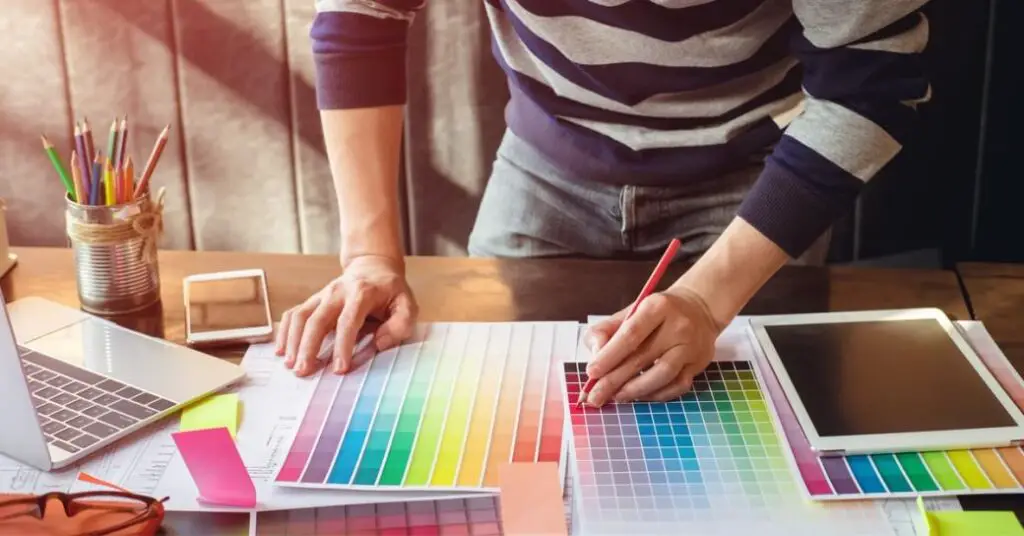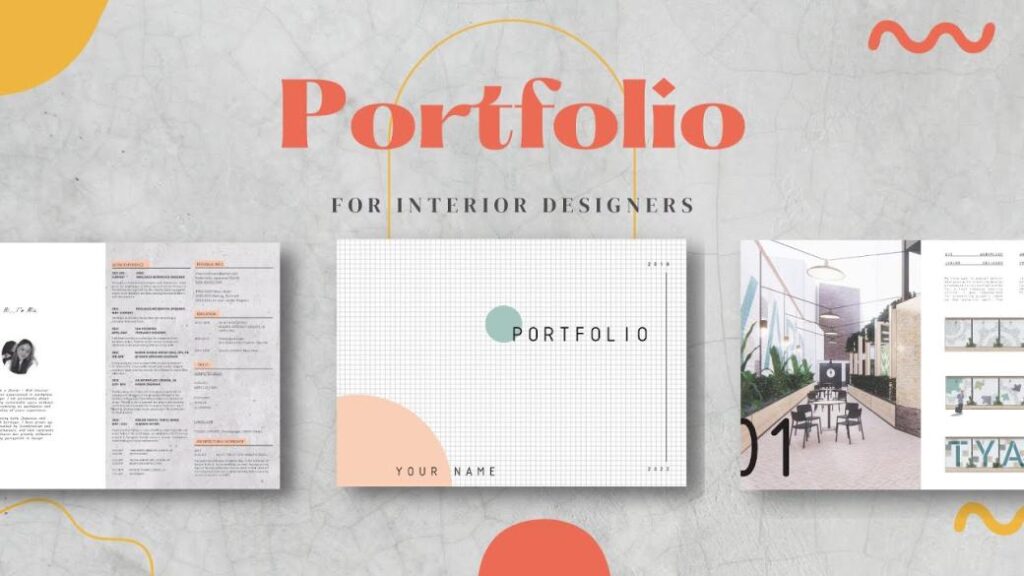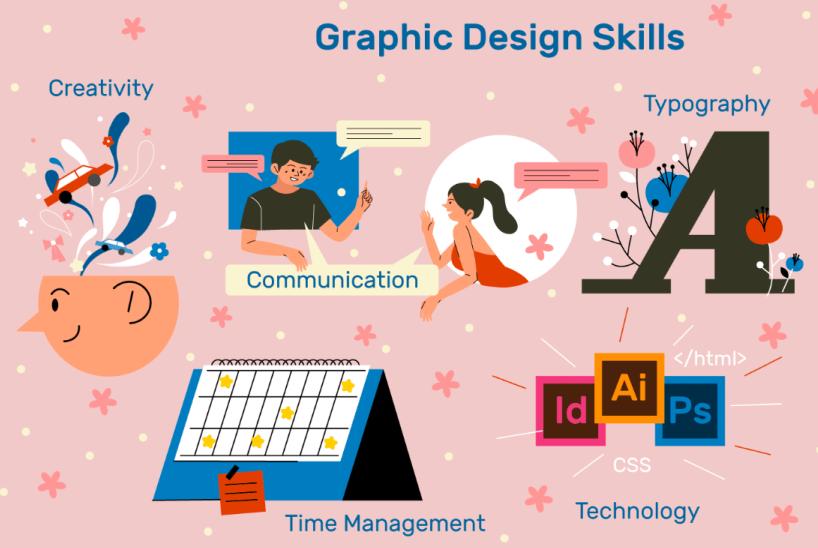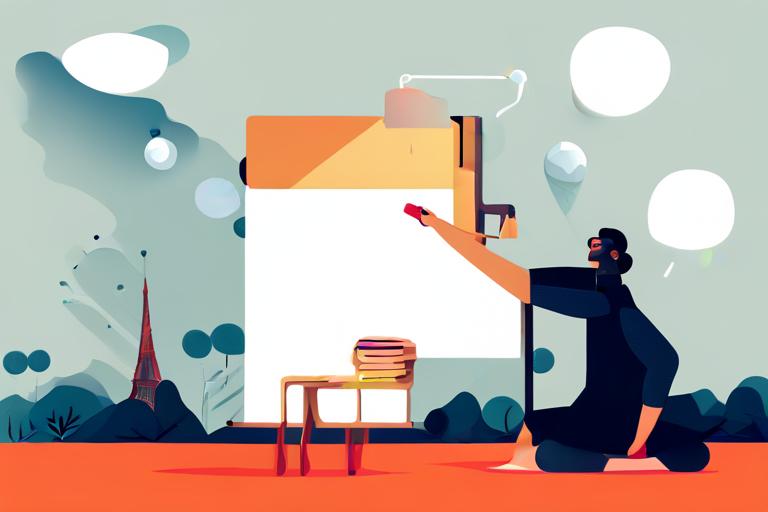
How to Become an Interior Designer might be pondering in your head. In the vibrant world of design, interior designers hold the magic wand that transforms spaces into harmonious sanctuaries. These professionals are not just design enthusiasts; they’re skilled experts combining aesthetics, functionality, and safety to revitalize interiors, crafting them into something both beautiful and liveable.
Embark on a journey into the transformative world of interior design. This isn’t just about spaces; it’s about creating reflections of personal style and functionality that resonate with one’s soul.
This comprehensive guide serves as your window into the meticulous craft of interior design and decoration, highlighting the magic wielded by these professionals in shaping our everyday spaces into realms of comfort and aesthetic pleasure.
What is an Interior Designer?
Interior designers are maestros of space optimization, color harmonization, and personalized style. They’re the certified professionals who turn four walls and a roof into a home, invoking a sense of belonging and identity. Their expertise lies in striking the perfect balance between practicality and allure.
Key traits and responsibilities include:
- Visionaries in aesthetics, blending beauty with functionality.
- Master collaborators, liaising between clients, architects, and contractors.
- Safety advocates, ensuring space compliance with health and building codes.
- Innovators, tailor environments to echo individual tastes and needs.
What Does an Interior Designer Do?
Delving beyond aesthetics, an interior designer’s role is steeped in multifaceted tasks that breathe life into a home or office. They are involved from the blueprint stage right through to the finishing touches, encompassing a broad spectrum of tasks.
Their journey involves:
- Analytical research and conceptual planning
- Spatial design and functionality enhancement
- Navigating client’s desires within budgetary constraints
- Overseeing project execution, from initial sketches to final installation
Is an Interior Designer and Interior Decorator the Same Thing?
The realms of interior designers and decorators often overlap, yet they are distinctive fields, each critical in the formation of a space’s character.
The Interior Decorator:
Decorators are the artists of the interior design world, transforming the established spaces into visual stories. They don’t tamper with the structure but accentuate and highlight existing spaces, focusing on style, color schemes, furnishings, and accessories.
- Expertise in style conceptualization and space beautification
- Mastery of color theory, capable of creating varying moods within a space
- Proficient in selecting furnishings and accessories that embody the client’s personality
The Interior Designer:
Interior designers, however, dive into a project’s structural aspects, dealing with spatial cognition, and functional design, often working from the construction phase to revamping existing structures.
Their domain involves:
- Extensive formal education and technical acumen
- Proficiency in structural design decisions, often altering room layouts
- Balancing aesthetics with practical living solutions
How to Become an Interior Designer
Embarking on a career in interior design is an exciting journey, blending creative flair with practical skills.
Here’s a compact guide to launching your path as an interior designer:
- Education is Key: Begin by pursuing a degree in interior design from an accredited institution. Learn the fundamentals of design, architecture, and space management. This formal education is crucial, as many states require licensure for practicing interior designers.
- Build Your Portfolio: While studying, start compiling a portfolio. Engage in internships, volunteer for projects, or assist established designers. Real-world experience complements your academic knowledge and enhances your portfolio, showcasing your style, skill, and dedication to potential clients and employers.
- Networking and Certification: Join local design associations or online communities to connect with professionals. Consider certification through the National Council for Interior Design Qualification (NCIDQ) exam or similar, to boost credibility. These connections can be pivotal in finding mentorship and job opportunities.
- Stay Abreast of Trends: Interior design is dynamic. Keep learning, whether it’s new software, emerging trends, or sustainable design practices. Continuous education makes you adaptable and innovative.
Now, let`s explore ways to become an interior designer in later sections.
Way 1: Find the Right Design University
Choosing the perfect design university is pivotal in molding your future career. Seek institutions accredited by bodies like the Council for Interior Design Accreditation (CIDA), ensuring your education meets the highest standards.
Explore the curriculum:
- Does it offer comprehensive courses covering practical and theoretical aspects?
- Are there opportunities for real-world experience through internships?
Consider the location, campus resources, faculty expertise, and alumni success. Your ideal university should align with your career aspirations, providing a robust foundation in interior design principles.
Way 2: Obtain Proper Interior Design Certification
Post-education, acquiring certification such as the National Council for Interior Design Qualification (NCIDQ) certificate elevates your professional standing.

It demonstrates your competency and commitment to upholding industry standards.
- Understand the prerequisites: typically, a combination of education and work experience.
- Prepare diligently for exams, covering topics like building codes, design application, and project coordination. Certification can significantly impact your credibility and marketability, often leading to more prestigious opportunities.
Way 3: Master Essential Interior Design Skills

Success in interior design isn’t just about creativity; it’s also mastering several key skills:
- Technical prowess: Proficiency in software like Photoshop, Illustrator CAD, and 3D modeling.
- Spatial understanding: The ability to visualize and execute stunning, functional spaces.
- Trend identification: Staying current with design trends, materials, and technologies.
- Business acumen: Navigating contracts, negotiations, and client relationships, especially when there is a house for sale in a space that requires transformation or staging to attract potential buyers. Cultivating these skills enhances your professional competence, ensuring you deliver exceptional value to clients.Way 4: Learn the Tools for Interior Designing
In the digital age, mastering interior design tools is non-negotiable.

These technological assets allow precise, efficient, and innovative work:
- Computer-Aided Design (CAD) Software: Knowledge of CAD is indispensable for modern interior designers. Programs like AutoCAD help create precise drawings and technical illustrations of interior spaces that can be easily modified and refined.
- 3D Rendering Software: Tools such as SketchUp or 3ds Max allow designers to craft three-dimensional models of their concepts, providing a realistic visualization of spaces that can be virtually explored and adjusted.
- Photoshop and Illustrator: Adobe’s creative suite, particularly Photoshop and Illustrator, is essential for creating and editing images, developing presentations, and even crafting branding materials.
- Project Management Software: Platforms like Trello or Asana help interior designers manage their projects, stay on schedule, and maintain communication with clients and team members.
- Mobile Applications: Various apps have been developed for everything from creating quick sketches (like Procreate) to color matching and identification (such as Pantone Studio), which are incredibly useful for designers on the go.
In addition to these digital tools, it’s essential for designers to have a firm grasp on the traditional tools of the trade, such as color wheels, tape measures, and fabric swatches. Balancing the use of innovative technology with foundational design instruments is key to executing comprehensive, modern interior design projects.
Way 5: Create a Striking Interior Design Portfolio
Your portfolio is the visual resume that captivates prospective clients and employers.

It should:
- Showcase a diverse range of projects, reflecting your versatility and scope of skills.
- Include high-quality visuals: before-and-after photos, sketches, and 3D renders.
- Tell a story: Each project should highlight your problem-solving process, your creative journey, and testimonials if available. An impressive portfolio opens doors, making it one of your most potent career tools.
Way 6: Understand the Market
Grasping current market dynamics positions you competitively, and this is the best part about SkyMarketing.com.pk and its projects landing right in the bull’s eye.

Keep abreast of:
- Emerging trends: What’s contemporary in design styles, sustainable materials, and technology?
- Client needs: Are residential clients prioritizing work-from-home spaces? Are commercial clients seeking flexible, adaptive designs?
- Economic indicators: How do real estate trends impact your business? Understanding these elements helps tailor your services, ensuring relevance and a competitive edge.
Way 7: Work on Your Communication skills
Effective communication is the backbone of successful project execution.

It involves:
- Active listening: Understand your client’s needs, preferences, and constraints genuinely.
- Clear articulation: Present your ideas lucidly, ensuring clients grasp your vision and plan.
- Responsive correspondence: Be prompt and empathetic in all interactions, fostering trust and professionalism.
Way 8: Find Your Own Voice
Developing a unique design identity distinguishes you from the competition.

- Draw inspiration without copying: What resonates with you in established design philosophies?
- Experiment and refine: Find the balance between trending and timeless in your style.
- Personal branding: Let your promotions, portfolio, and workspaces reflect your distinctive style, making your brand memorable.
Way 9: Choose a Particular Interior design niche & and Excel
Specializing in a niche can position you as an expert, attracting specific clientele.
Consider:
- Residential or commercial: Which project scale do you prefer?
- Sustainable design, smart homes, luxury spaces: What specialty aligns with your passion and skillset?
- Market demand: Is there a growing trend or need in your community that you can fulfill? Specialization can lead to higher recognition, satisfaction, and referral rates.
Way 10: Develop Contacts and Social Networks
Networking is crucial in the interior design industry.
- Join professional bodies: Organizations like the American Society of Interior Designers (ASID) offer resources, connections, and credibility.
- Attend industry events, seminars, and workshops: They’re excellent for meeting peers, potential clients, and mentors.
- Collaborate: Work with other professionals (photographers, architects, artisans) to broaden your network and opportunities.
Way 11: Establish Your Brand Through Social Channels
Leverage social media to continue to amplify your online presence. It’s not just about posting pictures but engaging effectively with your audience.
- Showcase your work: Regular updates of your projects, including behind-the-scenes insights, can humanize your brand.
- Engage with followers: Respond to comments, participate in design challenges, and share content that aligns with your brand ethos.
- Utilize various platforms: Instagram, Pinterest, and LinkedIn serve different purposes. Instagram can showcase your portfolio, Pinterest can reflect your inspiration, and LinkedIn can network with professionals.
Remember, consistency and authenticity are key to building a loyal online following.
Way 12: Become a ‘Forever Learner’
Interior design is a dynamic field, with evolving trends, tools, and technologies.

Commit to being a lifelong learner:
- Continuous education: Attend workshops, enroll in additional courses, and obtain certifications in emerging areas like sustainable design or ergonomics.
- Follow industry leaders: Stay inspired and informed by subscribing to top design publications and following influencers and thought leaders in the industry.
- Experiment: Don’t shy away from projects that push you out of your comfort zone. Every challenge is an opportunity to learn.
Embracing continuous learning keeps you relevant, innovative, and at the top of your game in the competitive landscape.
Way 13: 5 Most Essential Skills of an Interior Designer
Becoming a successful interior designer requires a blend of diverse skills.
Here are five critical competencies you should master:
- Creativity and Vision: You need an imaginative mindset to conceptualize spaces that are both aesthetic and functional.
- Technical Skills: Proficiency in design software (CAD, 3D modeling, etc.) is necessary for creating accurate, realistic designs.
- Attention to Detail: From space planning to picking the right decor, precision is key to harmonizing all elements within a space.
- Problem-Solving Abilities: Each project comes with its challenges; being resourceful and innovative in solutions is a must.
- Client Service: Excellent interpersonal skills ensure you understand client needs, leading to successful projects and satisfied customers.
Mastering these skills ensures you’re well-rounded and capable, ready to tackle various projects and meet diverse client demands.
FAQs
Here are the frequently asked questions (FAQs) about how to become an Interior designer:
Q1: What is the difference between an interior designer and an interior decorator?
Answer: An interior designer is involved in the complete architectural planning of a space, including structural alterations, space functionality, and safety regulations, often requiring formal education and certification. In contrast, an interior decorator focuses on the aesthetic enhancement of a space (color schemes, furnishings, textiles) and doesn’t require formal training.
Q2: Do I need to hire an interior designer for small projects?
Answer: Absolutely, an interior designer can add value to projects of any size. They offer creative solutions for optimizing small spaces, sourcing materials economically, and accessing a wider range of suppliers. Their expertise can transform even the smallest project into a well-designed space.
Q3: Is hiring an interior designer expensive?
Answer: Costs vary based on location, project scope, and the designer’s expertise. However, designers work with various budgets and often help save money by avoiding costly mistakes, utilizing industry discounts, and planning efficiently. An initial consultation can provide a clearer picture of the expected expenses.
Q4: Can I have a say in the design process when working with an interior designer?
Answer: Of course! The client’s personal taste and requirements are paramount. A professional interior designer collaborates closely with clients to ensure their style and personality are reflected in the space, providing guidance to unify the client’s vision with professional standards and aesthetics.
Q5: What kind of services can I expect from an interior designer?
Answer: Interior designers offer a range of services, from consultations to full-service designs. This can include conceptualization, space planning, design development, purchasing, contracting, project management, and execution. They can handle structural changes, collaborate with architects, or simply advise on color schemes, furnishings, and finishes.
Conclusion
How to become an interior designer is a journey paved with creativity, dedication, and an understanding of both artistic expression and practical functionality. Navigating the realm of interior design can be intricate, but armed with the right information, your journey becomes more straightforward and enjoyable.
Whether you’re embarking on a career or seeking a designer’s magic touch, understanding the nuances ensures a fulfilling, creative experience that transforms spaces into reflections of personality and comfort.


